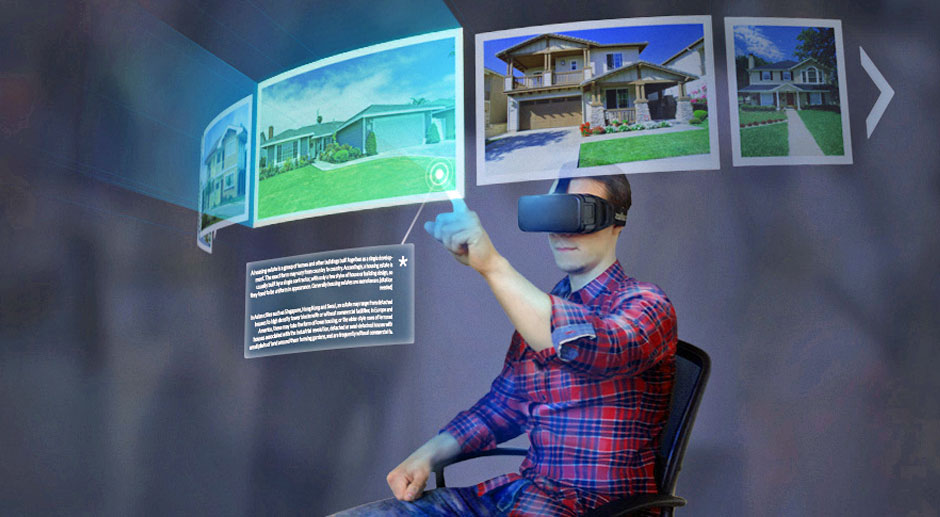One of the most prominent technological developments in the last decade are the devices and software that recreate “virtual worlds” or what is called virtual reality (VR) and its application to different digital marketing strategies.
Virtual Reality can be defined as a computer-generated, three-dimensional environment that is created with a mixture of interactive hardware and software in which users interact in a seemingly real or physical way. Moreover, a person using VR devices can “look and move around such artificial world and interplays with the virtual feature of that world”.
How to apply virtual reality technologies to different digital marketing strategies?
Companies can take advantage of some of the following features of virtual reality in order to improve customer experience, decision-making and relation with the brand.
Plausibility: In virtual reality environments, people experience a “different world”, believing they are in another reality. For example, Jaguar, the luxury car brand, created a brand positioning campaign called ‘Feel Wimbledon’. Jaguar’s strategy was to sponsor the Wimbledon tennis tournament working together with tennis player Andy Murray. The idea was to build an engagement experience where customers enter the body of Andy Murray as he wins a match point in a game. This strategy was promoted during the time of the tournament and increased the brand impressions amongst its customers.
Immersiveness: Is the attribute of virtual reality that makes any experience to be fully believable and interactive, as it engages both mind and body. For instance, Excedrin, the migraine medication company, developed a virtual reality-based symptom simulator to help users understand what the symptoms of migraine are. This kind of symptom-stimulating technology based on virtual reality can help to promote awareness about different diseases. Moreover, it can help to show how a medication or specific treatment provides symptom relief, which helps market the treatment/medication provider.
Explorability: Virtual reality gives customers the possibility to explore a big and detailed picture of such reality, creating at the same time multiple abstract perceptions. For instance, Oreo, the commercial brand of cookies, built an animated virtual world to promote its filled cupcake flavored cookies. The virtual experience recreated an animated world with milk rivers and chocolate canyons in which users interact and enjoy that world. This strategy, had over three million views and increased the brand voice in social networks.
The main point brands need to understand when implementing a strategy using virtual reality, is how this technology fits into their overall digital strategy. Moreover, brands need to consider what kind of digital experiences can make a difference to consumer decision-making process and how it can help to accelerate this decision.
